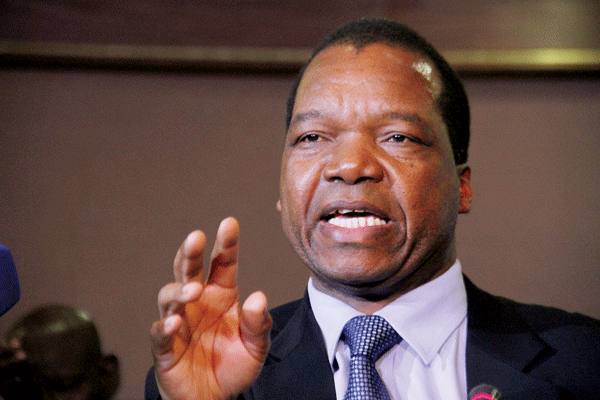
BY MISHMA CHAKANYUKA
ZIMBABWE’S poverty datum line increased by 20% to $2 192 in the month of September, 2019 as consumer purchasing power continues to decline on the back of skyrocketing prices, the statistics agency has revealed.
In August, a family of required $1 827 to survive.
The country has seen prices of basic goods and services frequently going up since the beginning of the year, as the local currency has continued to lose value against the United States dollar.
As of Friday, the local currency traded at $15, 57 against US$1 on the official interbank foreign exchange market and was $21 against US$1 on the black market.
“The Total Consumption Poverty Line (TCPL) for an average of five persons stood at $2 191 in September 2019.
“This means that an average household required that much to purchase both food and non-food items for them not to be deemed poor.
“This represents an increase of 20% when compared to the August 2019 figure of $1 826,” the Zimbabwe Statistics Agency (Zimstats) said.
- Chamisa under fire over US$120K donation
- Mavhunga puts DeMbare into Chibuku quarterfinals
- Pension funds bet on Cabora Bassa oilfields
- Councils defy govt fire tender directive
Keep Reading
The TCPL is commonly referred to as the Poverty Datum Line (PDL).
The continuous rise in the cost of living has placed most workers below the PDL as many of those in formal employment are earning below $1 000.
Civil servants who make up the majority of formally employed people are paid $1000 a month. Using the latest figures this means most workers they are wallowing in abject poverty.
The public sector workers have been demanding salaries in US dollars or an equivalent local currency.
While the quantities of commodities in the food basket are fixed, the PDL varied by province, with the lowest being $2 007 in Mashonaland Central and the highest being $2 365 in Matabeleland North.
Zimstats said in September, an individual required $176,61 for them not to be considered poor, a 21,7% increase from the August requirement of $145,06.
The government in August suspended the production of year on year inflation figures. In June the official inflation rate stood at 176%.
However, independent economists put Zimbabwe’s inflation rate at over 350%.











